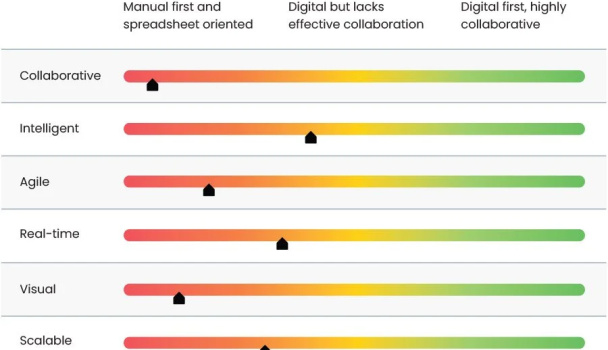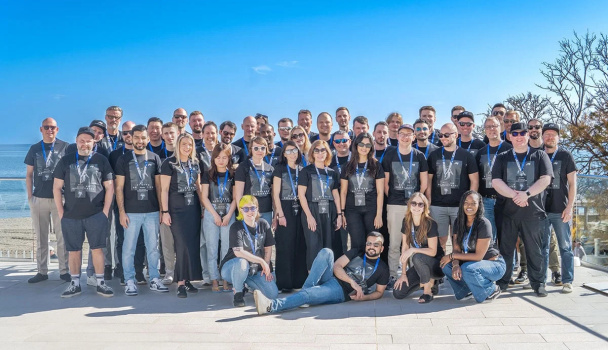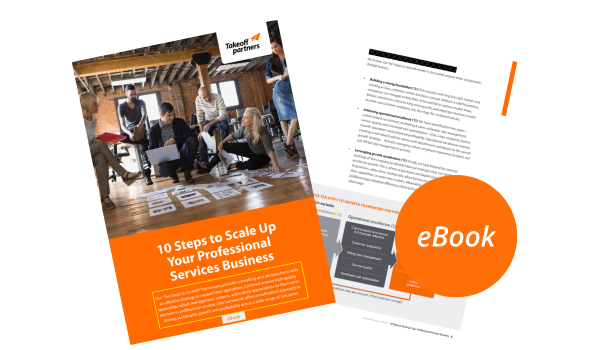5 steps to take a B2B software product or service global

A couple of weeks back we introduced ‘People’ as the first of five key success factors in internationalizing B2B software or service businesses. Second in line is ‘Solution’. The very thing that fills a global need and is at the core of the business opportunity.
1) Getting started: MVP to solve a universal need
Have a great business idea? If you have the faintest ambition to one day take it overseas, the first thing to consider is whether the solution truly solves a global need. Or is it rather tied to a specific market area? This may sound obvious, yet doing one’s homework in researching the business potential in different market areas may take a lot of time and effort.
If the decision is a go, then the first step is to develop a Minimum Viable Product with the first customers. What is an MVP? It has just those very core features that allow the product to be deployed, and no more. The idea is to develop the MVP for a subset of possible customers that are likely to be early adopters, to give feedback, and to grasp a vision from an early prototype. With an MVP, the aim is to avoid spending costly resources on going down the wrong path for too long, and instead learn through feedback from early on.
2) Getting ready: Making the solution ‘international-proof’
Once the solution has been validated with the first customers and they are ready to endorse it, it’s time to make sure it’s adjusted to fit the local market requirements abroad. Whatever the selected markets, you’ll need to make sure that local legislation and taxation will be observed. Naturally, language versions also come into play.
3) International market entry: Maintaining an open mind and focus in parallel
Now that everything’s ready, it’s time to reach out to prospective customers abroad. As always with new people exposed to a novel solution, discussions will likely bring up new development and even localization ideas. Here, product management needs to keep the reigns tight so as not to go after every wish but to maintain a global focus. Localizations should be kept at minimum.
4) International growth facilitation: Product development based on customer needs
With an increasingly diverse international customer base, new ideas are bound to emerge that should actually be taken into account in product development. It’s a good idea to systematically screen and manage the incoming ideas, and to validate them in a product leadership team that may also involve existing customers. The best ideas will be released in the upcoming product versions globally.
5) Running a global business: So we made it global. Now how to stay on top?
Customers expect global solution providers to stay on top of best practises in own industry but, increasingly, also in adjacent industries. If you have a solution geared at, say HR, who knows if the perfect next step in product development will be sparked by a popular feature in, say a crowd funding application? Staying innovative is about proactively looking around and searching for new ideas, while also staying close with the existing customers and lending a keen ear to their evolving needs.
Next up: How to make ‘Scale’ a reality in 5 steps?
Subscribe to our thinking on LinkedIn, Twitter and Facebook to stay tuned!
About the Takeoff
Success Factors™ framework
The Takeoff Success
Factors™ framework is a summary of best practices in
internationalizing B2B software and service businesses. It grows from the
combined experience of the Takeoff Partners team in taking businesses global. The
proprietary framework is a unique checklist for entrepreneurs to help plan for
their company’s internationalization from ‘flight preparations’ all the way to
reaching the ‘cruising altitude’.






